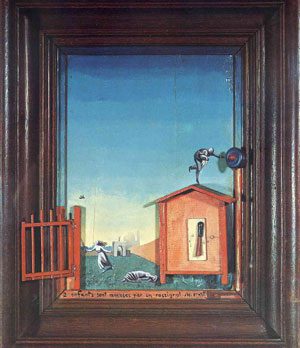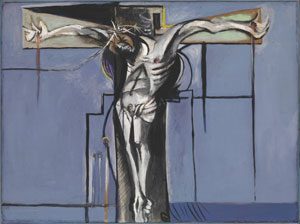© Copyright 1996-2025 – David Fedeli Fine Art • All rights reserved
Neo-Romanticism: A Brief Explanation
By David Fedeli | ![]()

Neo-Romanticism is an artistic and cultural movement that emerged in the mid-20th century as a reaction against the dominant trends of modernism and abstraction in art. It was characterized by a renewed interest in traditional forms and subject matter, a focus on emotion and individual expression, and a rejection of the rationalism and scientific approach of modernism.
In visual arts, Neo-Romanticism was marked by a return to figurative and representational styles, often with a strong emphasis on nature, the sublime, and the mystical. Artists associated with the movement included Graham Sutherland, John Piper, and Paul Nash in the UK, and Max Ernst, Salvador Dali, and Giorgio de Chirico in Europe.
In literature, Neo-Romanticism was marked by a revival of interest in the works of the Romantic poets of the 19th century, as well as an emphasis on the subjective experience of the individual. It was also characterized by a rejection of the formal experimentation and fragmentation of modernist literature. Important writers associated with the movement included W.H. Auden, Dylan Thomas, and T.S. E

In music, Neo-Romanticism was marked by a return to traditional forms and tonality, often with a strong emphasis on melody and emotional expression. Composers associated with the movement included Ralph Vaughan Williams, Samuel Barber, and Aaron Copland.
Overall, Neo-Romanticism can be seen as a nostalgic and idealized interpretation of the past, a rejection of the mechanization and dehumanization of modern life, and a celebration of individual creativity and subjective experience.UMN 3-LEFT


Contact the Artist for more information about commissioning an original painting. He will be happy to answer any questions you may have.
VISIT THE GALLERY OF OILS
Browse around and take a look at David’s interpretation of the neo-romantic genre.

© 1996-2025 – David Fedeli Fine Art • All rights reserved

